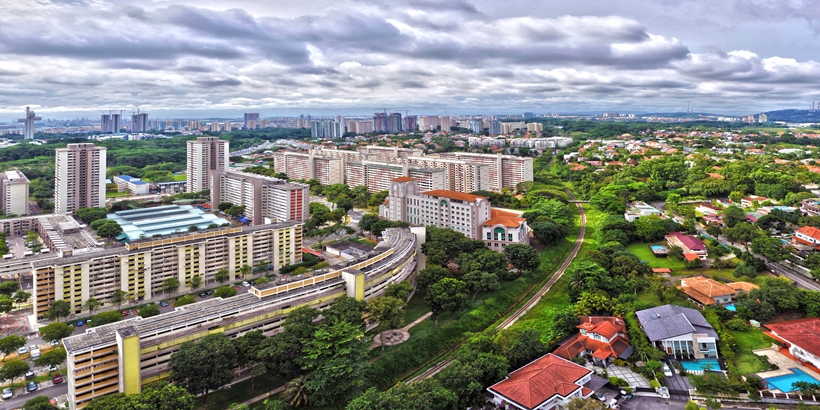Some of the dead spaces in Singapore could be transformed into urban farms and sports facilities.
As the rapid urbanisation of many Asian cities has resulted in so-called dead spaces, urban planners and authorities have exerted much effort to bring life to unused land under flyovers, bridges and viaducts, reported Reuters.
The move comes as land costs in these cities have soared and public spaces vanish.
Get more details on the property market outlook for 2019 here
Authorities in Singapore, for instance, had asked the public for ideas on how to rejuvenate approximately 60ha of dead land.
Measuring between 3,000 to 6,000 sq m each, the spaces have been transformed into urban farms, sports facilities and even used for birthday parties and markets, according to a Singapore Land Authority (SLA) report published last year.
“While land is scarce in Singapore, we do have a good number of sites under viaducts and flyovers,” said the SLA’s chief executive officer Tan Boon Khai. “Activating these sterile spaces at a low cost can encourage entrepreneurs and planners to test out new and unconventional ideas.”
In Thailand, around 40 percent of the 1.8 million sq m of land under Bangkok’s expressways are unused.
Architecture firm Shma plans to transform the land under the Sirat Expressway into recreational spaces and parks that will be connected by a 10km-long bicycle path.
“There is land – we just need to use it creatively to benefit people and reduce stress on the environment,” said Shma landscape architect Yossapon Boonsom.
“Bangkok is a very dense city. Opening up these unused spaces to increase connectivity to parks and canals can encourage more people to walk and bicycle.”
Other Asian cities had also proved that revitalising unused land is possible.
A Hong Kong architect converted concrete water pipes into micro homes that could be stacked under flyovers, while a container was used as a school for street children that was placed under a flyover near Mumbai.
A space under a flyover was also transformed into an outdoor cinema in the Indonesian city of Bandung.
In India, however, the authorities have left such spaces to the homeless and migrant workers who cannot afford to buy or rent homes.
“When the space under the flyovers is the only available space in the city for the homeless, to displace them from those spaces without providing an alternative is cruel,” said Shivani Chaudhry, executive director of advocacy group Housing and Land Rights Network in New Delhi.
To know more about the master plans for different areas in Singapore, check out PropertyGuru AreaInsider
Romesh Navaratnarajah, Senior Editor at PropertyGuru, edited this story. To contact him about this or other stories, email romesh@propertyguru.com.sg

